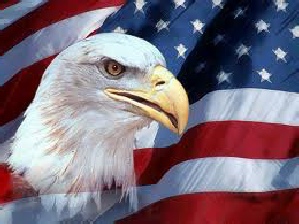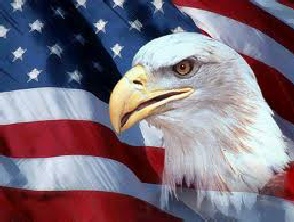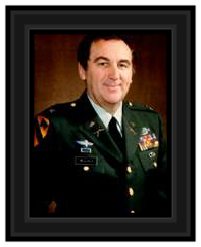






Chapter 991 Vietnam Veterans of America Copyright © All Rights Reserved Another Website by East Texas Programming
927 Gardner Drive
P.O. Box 10
Palestine, TX 75802
Phone (903) 221-
Vietnam Veterans of America
Dogwood Chapter #991
In God We Trust



VIETNAM VET HERO AGAIN AT WTC
Remember Rick Rescorla
Remember Rick Rescorla
Bill Gertz has been defense and national-
U.S. intelligence could learn from his valor and leadership
. . . By Bill Gertz.

EDITOR'S NOTE:
This is an excerpt from Breakdown: How America's Intelligence Failures Led to September 11.
Rick Rescorla began the day as he usually did. He got up at 4:30 A.M., kissed his wife goodbye, and took the 6:10 train to Manhattan. A combat veteran who fought in Vietnam's bloody Ia Drang Valley, Rescorla was at his desk in a corner office of the World Trade Center by 7:30. It was September 11, 2001, and outside the day was clear and bright. Rescorla was on the forty-
Born Cyril Richard Rescorla in Hayle, Cornwall, England, Rick was vice president for security at Morgan Stanley Dean Witter, one of Wall Street's largest brokerage houses. The company had 3,700 employees in the World Trade Center — 2,700 employees in the south tower on floors forty-
As a security professional, it was Rescorla's job to think like a terrorist. In 1990, he saw that the World Trade Center was a likely target for a terrorist attack because it was a symbol of American economic power. He did a security survey of the building and concluded, with Hill's help, that driving a truck bomb into the basement near a key supporting column would bring down the entire complex. On February 26, 1993, that exact scenario almost played out. Islamic terrorists set off a homemade chemical bomb packed inside a rental truck that was parked in the basement, in an attempt to make the towers collapse.
Rescorla knew the Islamic terrorists who failed the first time would try again. He thought the terrorists' next attempt would be to fly a plane, possibly filled with chemical or biological weapons, into the towers. He had advised Morgan Stanley executives that the company should move from the Twin Towers to a safer location. But the company's lease went until 2006. The next best thing, Rescorla thought, was to practice evacuation drills. He pressed the company to conduct regular drills even though some employees grumbled and joked about them. Every few months, all 2,700 employees in the South Tower would be marched, with Rescorla at the bullhorn, in an arduous trek down the long winding stairwell of one of the world's highest skyscrapers and out of the building, just for practice. Another 1,000 employees would be evacuated from the Morgan Stanley offices nearby.
On September 11, the evacuation was real. A fireball erupted in the nearby tower, and all of Morgan Stanley's employees were making their way down and out of the other tower. By the time the second hijacked airliner hit the south tower at 9:07 a.m., most of the company's employees were out. But Rescorla's work was not finished. Three employees were missing. Rescorla and two assistants went back to look for them. Rescorla was last seen on the tenth floor of the burning tower. He died when the building collapsed a short time later. But he had saved thousands of lives. Out of 3,700 employees, Morgan Stanley lost only six, including Rescorla. R. James Woolsey, former director of Central Intelligence, sees Rescorla as the kind of person urgently needed by U.S. intelligence. An iconoclast and strategic thinker who wasn't afraid to buck the system, Rescorla "is an example of somebody who should have probably been at the top of the intelligence community, but wasn't," Woolsey told me. "He's a perfect example of the kind of guy that the Germans say has fingerspitzengefühl — fingertip feel" or intuition, he said. "God, it would have been wonderful if he had been the head of the DO's [the CIA's Directorate of Operations] counterterrorist operations, but at least he saved 3,700 people."
Aside from his military experience, Rescorla, sixty-